As headwinds fade and transaction volume rises, market knowledge is a critical advantage to commercial real estate investors. The Arbor Realty Trust-Chandan Multifamily Opportunity Matrix analyzed a wide range of factors within the 50 largest U.S. metros to assess market strength and durability. From maturing, dynamic metros to affordable, opportunity-rich markets, our biannual report is a roadmap to the top locations for capital deployment.
Arbor’s Proprietary Preferred Equity: A Capital Efficient Strategy for Borrowers

Our pioneering and flexible program is available to all borrowers who qualify for a Freddie Mac Conventional senior loan. Preferred equity amounts, which
generally range from $3 million to $25 million, have a fixed-rate structure, and proceeds can be used for acquisition or refinancing.

Small Multifamily Continues Steady Price Growth
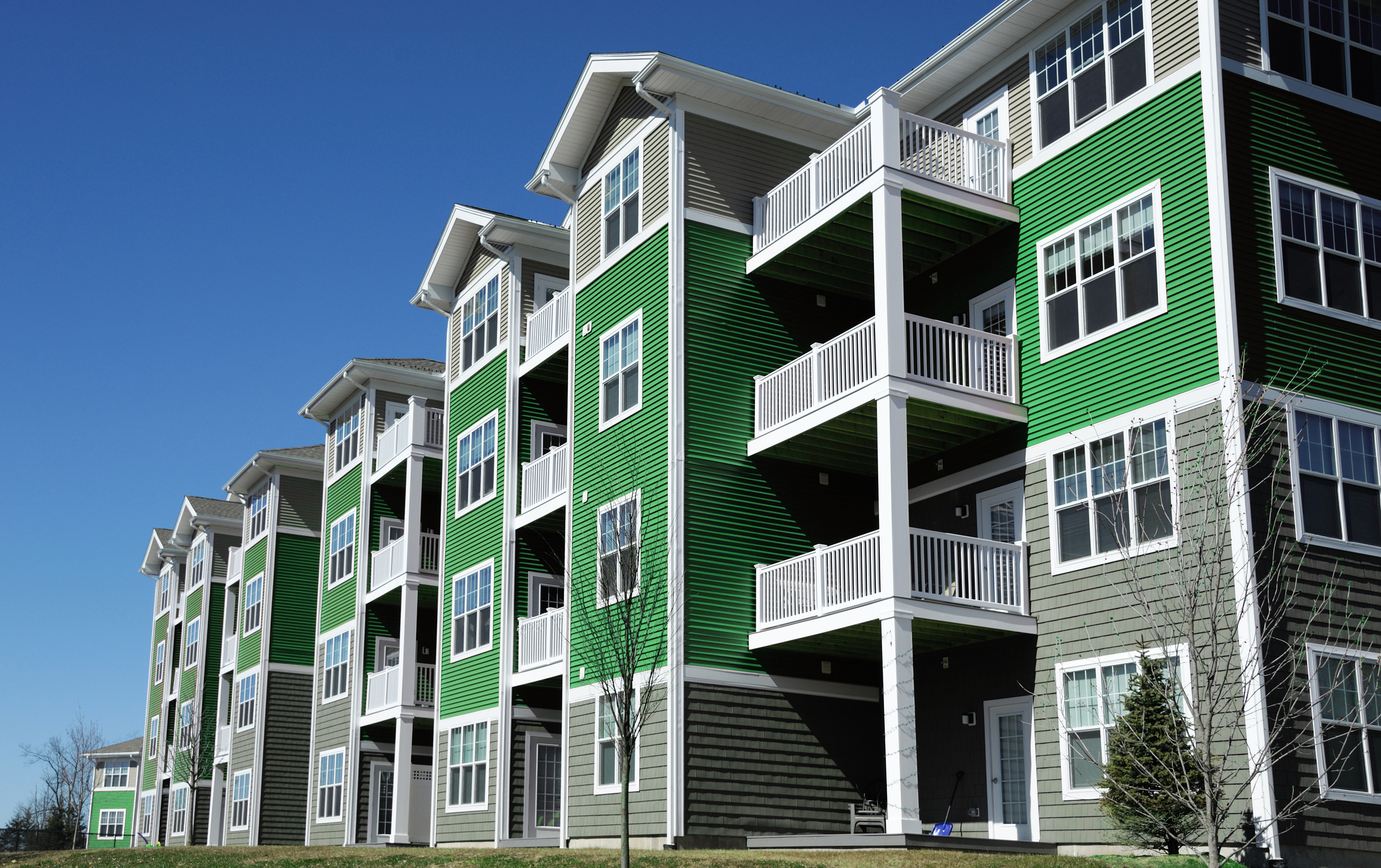
Small multifamily valuations realized positive year-over-year growth in the second quarter of 2025, demonstrating the sector’s ongoing resilience in an unsettled economic environment. Steady rent growth, improving operating expense ratios, and stable cap rates helped move price growth into positive territory.

Metro-Level SFR Rent Growth Trends in the First Half of 2025
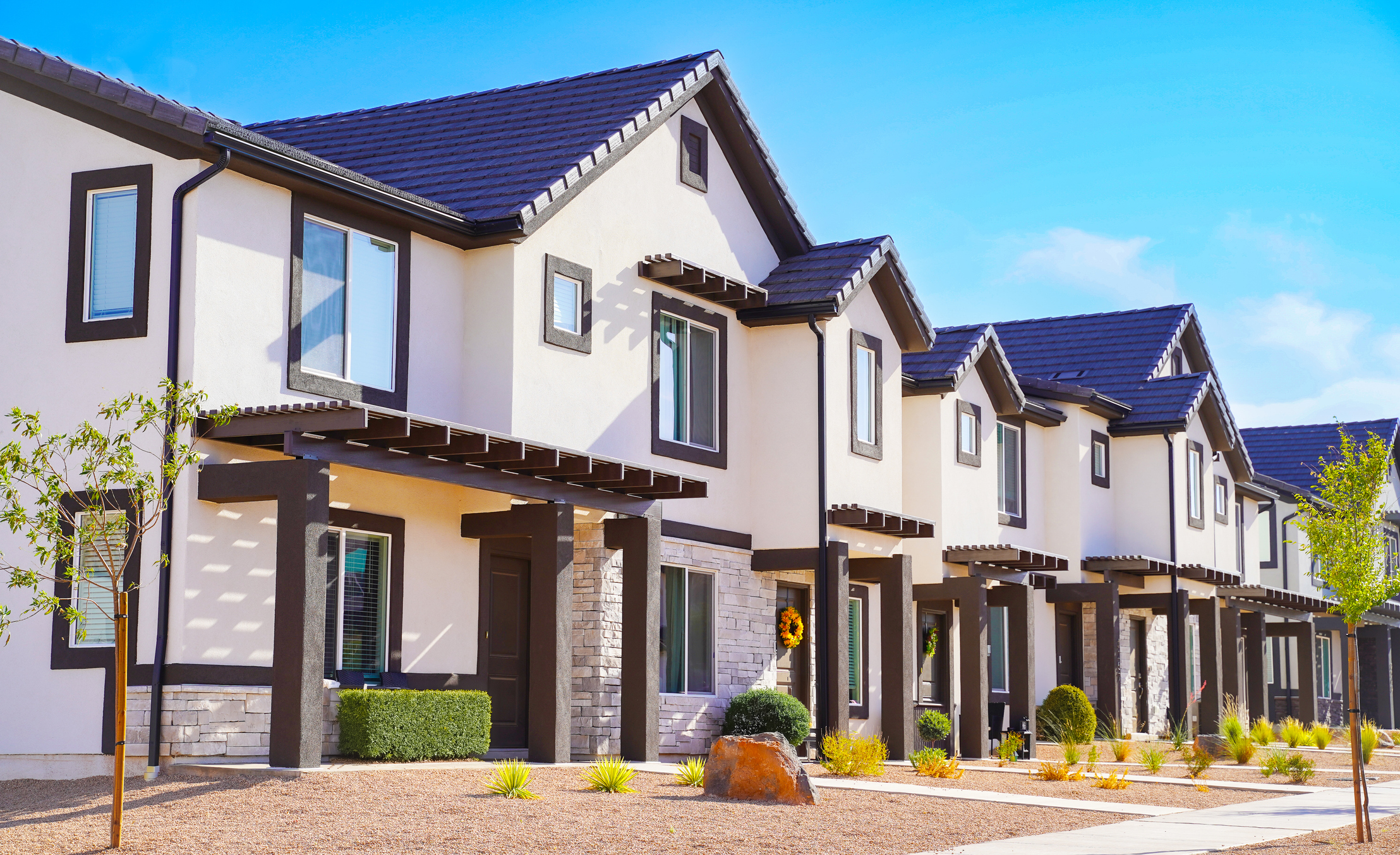
Albany, NY, and many other affordable mid-sized metropolitan statistical areas (MSAs) outpaced the national rent growth average for single-family rental (SFR) properties in the first half of 2025, according to an analysis of Zillow’s Observed Rent Index, which tracks the 100 largest markets in the U.S.

Larger Buildings and Smaller Units: How New Multifamily Completions Continue to Evolve
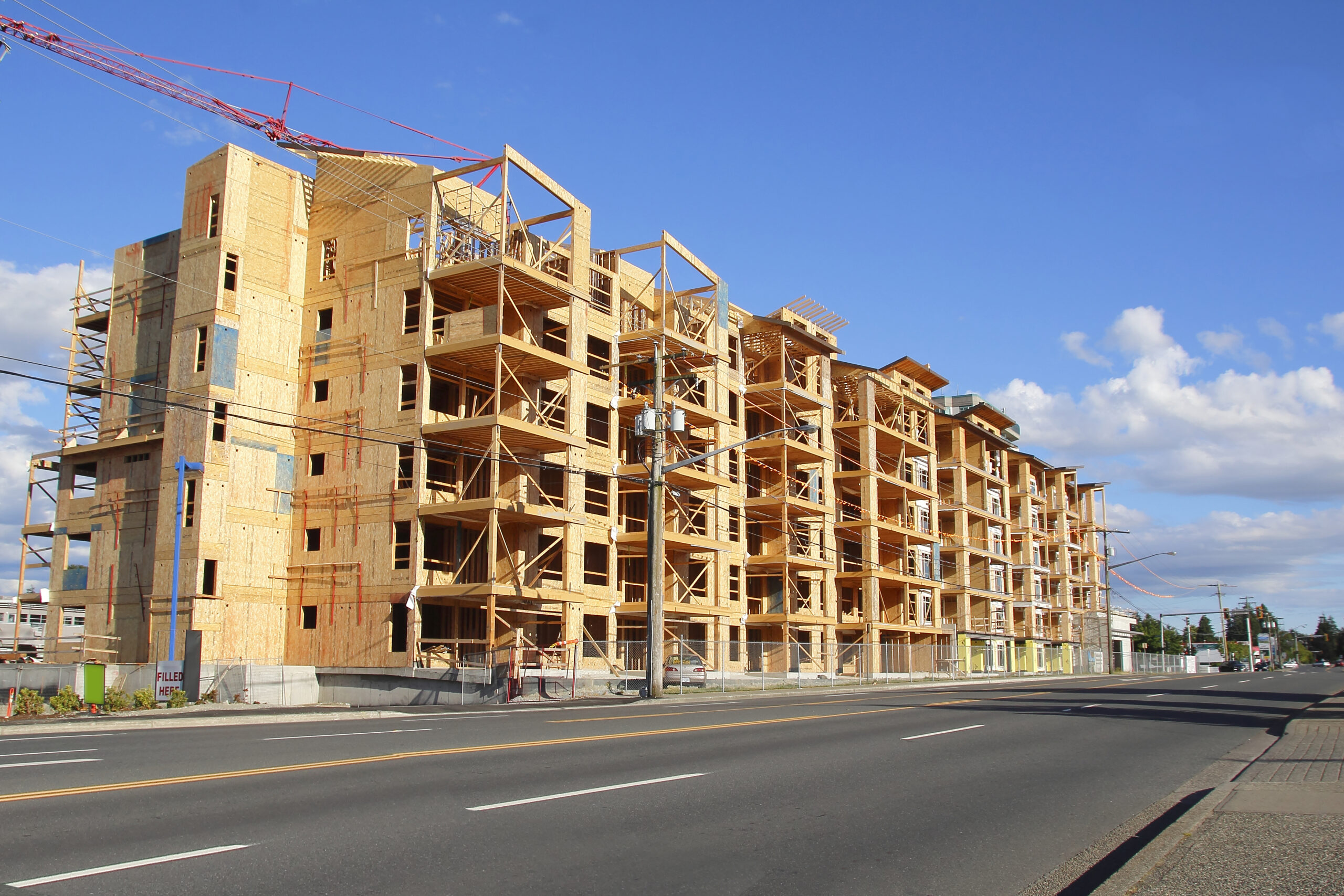
Driven by high construction costs, land constraints, and rental affordability, developers are increasingly prioritizing smaller units in higher-density multifamily properties. Utilizing data from the U.S. Census Bureau’s annual Survey of Construction, the research teams at Chandan Economics and Arbor Realty Trust have analyzed how the characteristics of new multifamily properties continue to evolve.

10 Items to Have on Hand for the Fastest Financing Possible
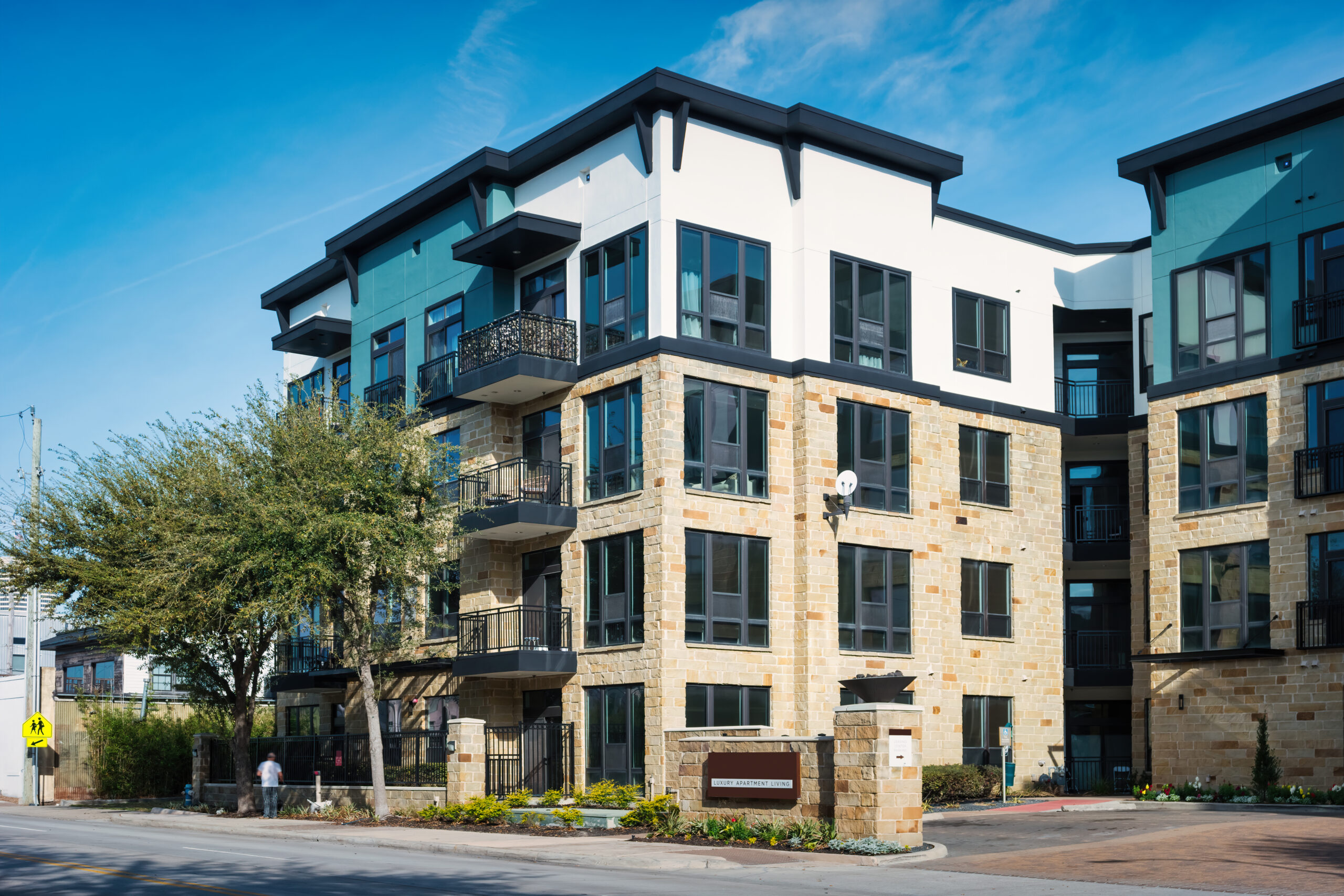
In today’s constantly evolving market environment, partnering with a lender that can balance prioritizing speed of execution with tailored solutions makes all the difference in securing the financing you need. Arbor’s experience, expertise, and innovation, combined with our willingness to understand each deal and work to make it successful, set us apart from other multifamily lenders. In our more than three decades of closing deals, we’ve found that having these 10 items on hand at the beginning of your borrowing journey helps prevent roadblocks and streamlines the entire financing process.

Markets Where the Share of Renters is Highest
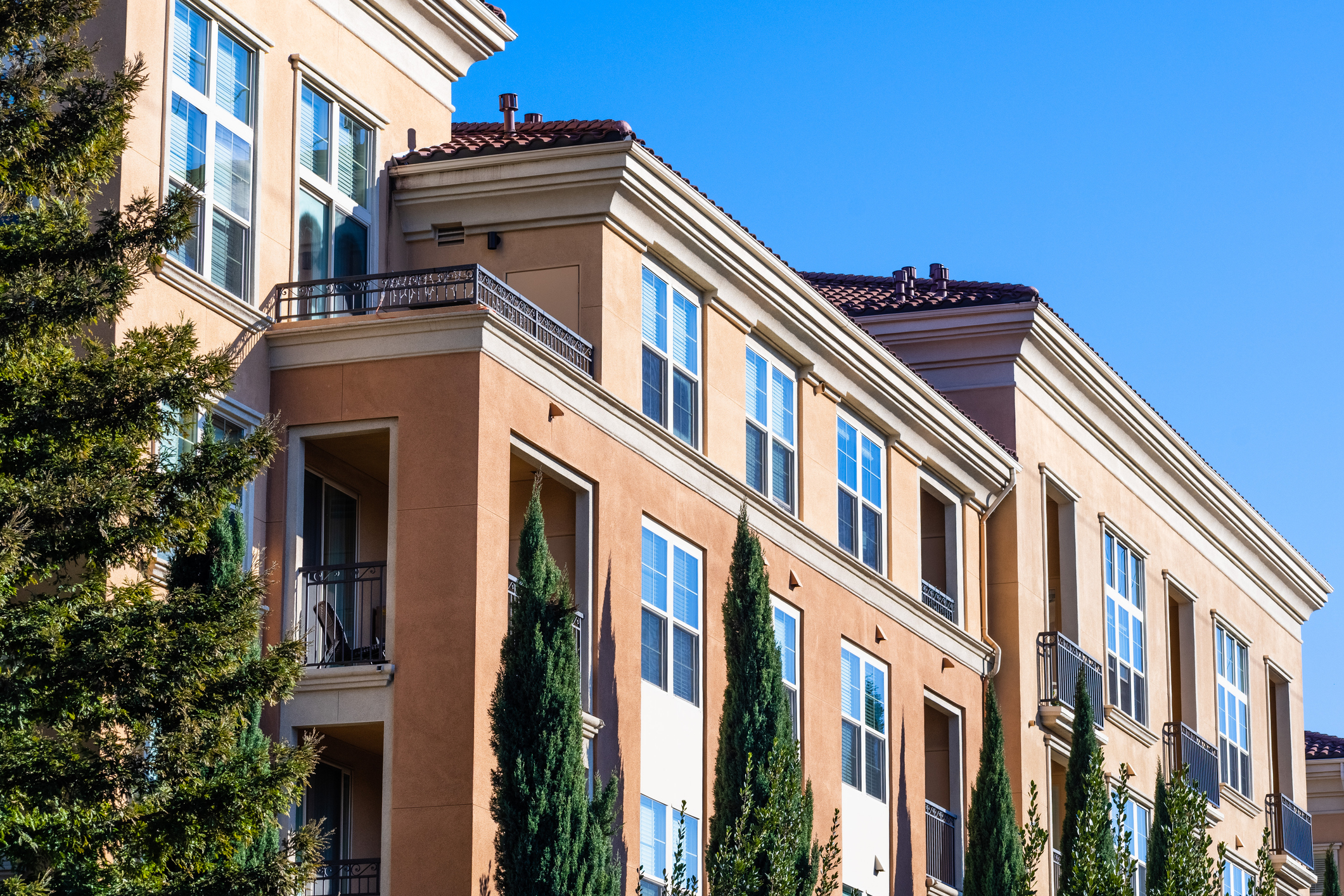
The U.S. housing market reflects a patchwork of local needs, preferences, and geographies, creating distinct storylines. Across the country, many significant shifts have occurred over the last five years, an analysis of U.S. Census Bureau data shows. More expensive housing markets tend to support higher percentages of rental households, and in fast-growing metros, rentals have become a highly effective and flexible way to house new residents.

SFR Investing: A Guide to Seizing the Sector’s Momentum
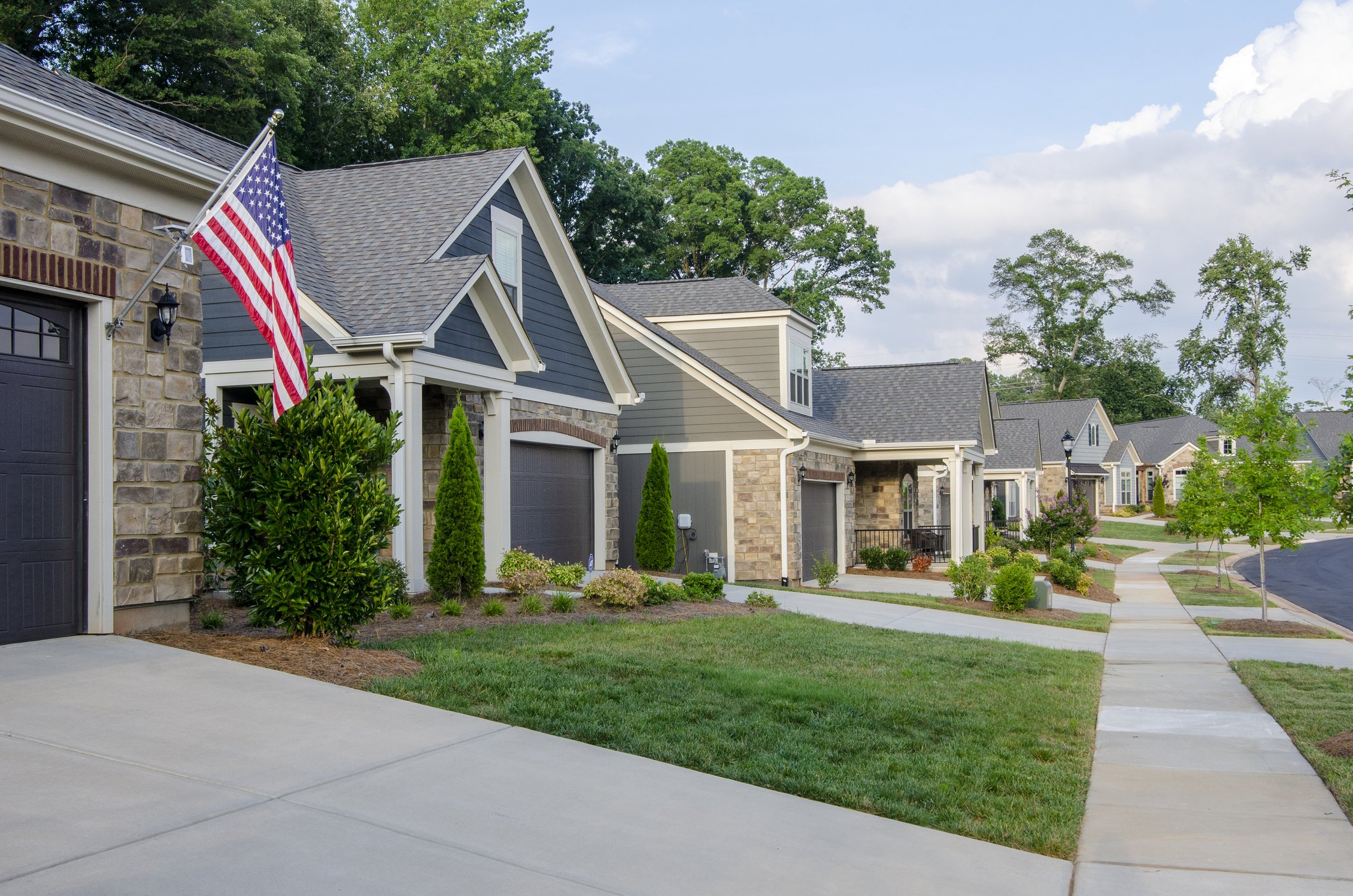
Single-family rental (SFR) investing is surging as this asset class outperforms. With homeownership less attainable and lifestyle renting more popular, the sector’s tailwinds bode well for long-term growth. If you are new to this space, our guide has answers to commonly asked questions.

Single-Family Rental Investment Trends Report Q2 2025
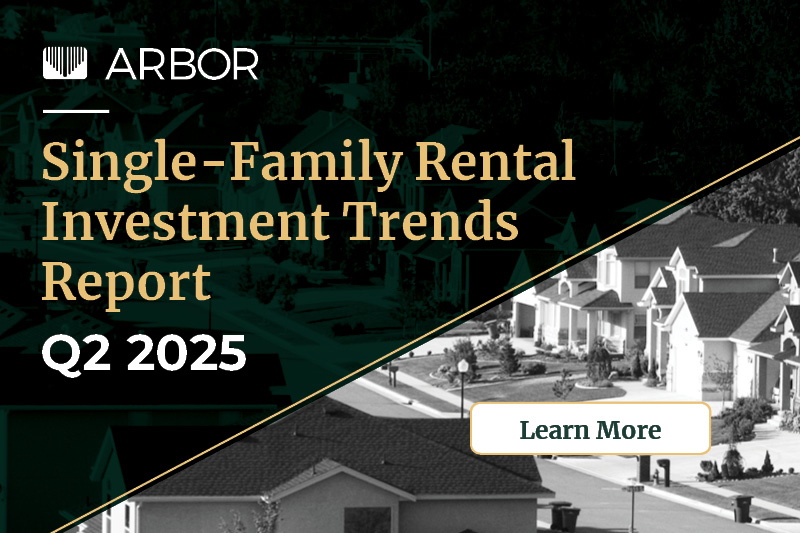
Bolstered by robust build-to-rent (BTR) activity, the single-family rental (SFR) sector continued to display strength even as the residential housing market moderated. Arbor’s Single-Family Rental Investment Trends Report Q2 2025, developed in partnership with Chandan Economics, provides original research and analysis of key performance metrics for investors to take a closer look at a sector on the rise.

Single-Family Build-to-Rent Starts Remain Robust
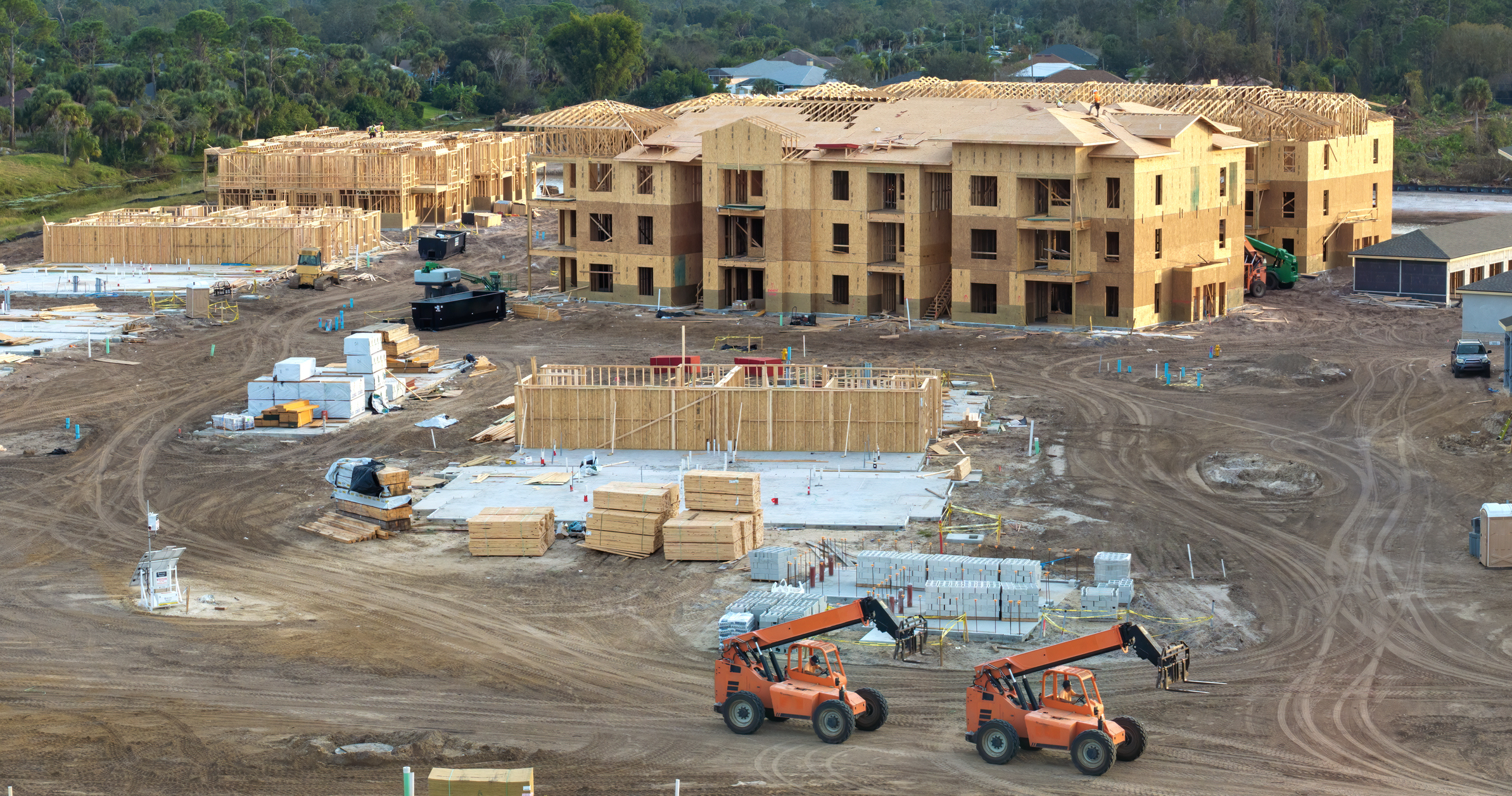
As build-to-rent (BTR) demand rises, single-family rental (SFR) development has become more efficient in creating a distinct, community-focused experience for renters. Newly released U.S. Census Bureau data confirms that SFR/BTR development continues to be robust and stable, with its annualized pace of construction in the first quarter of 2025 matching the previous quarter’s tally.

Top Multifamily Markets for Low Renter Turnover
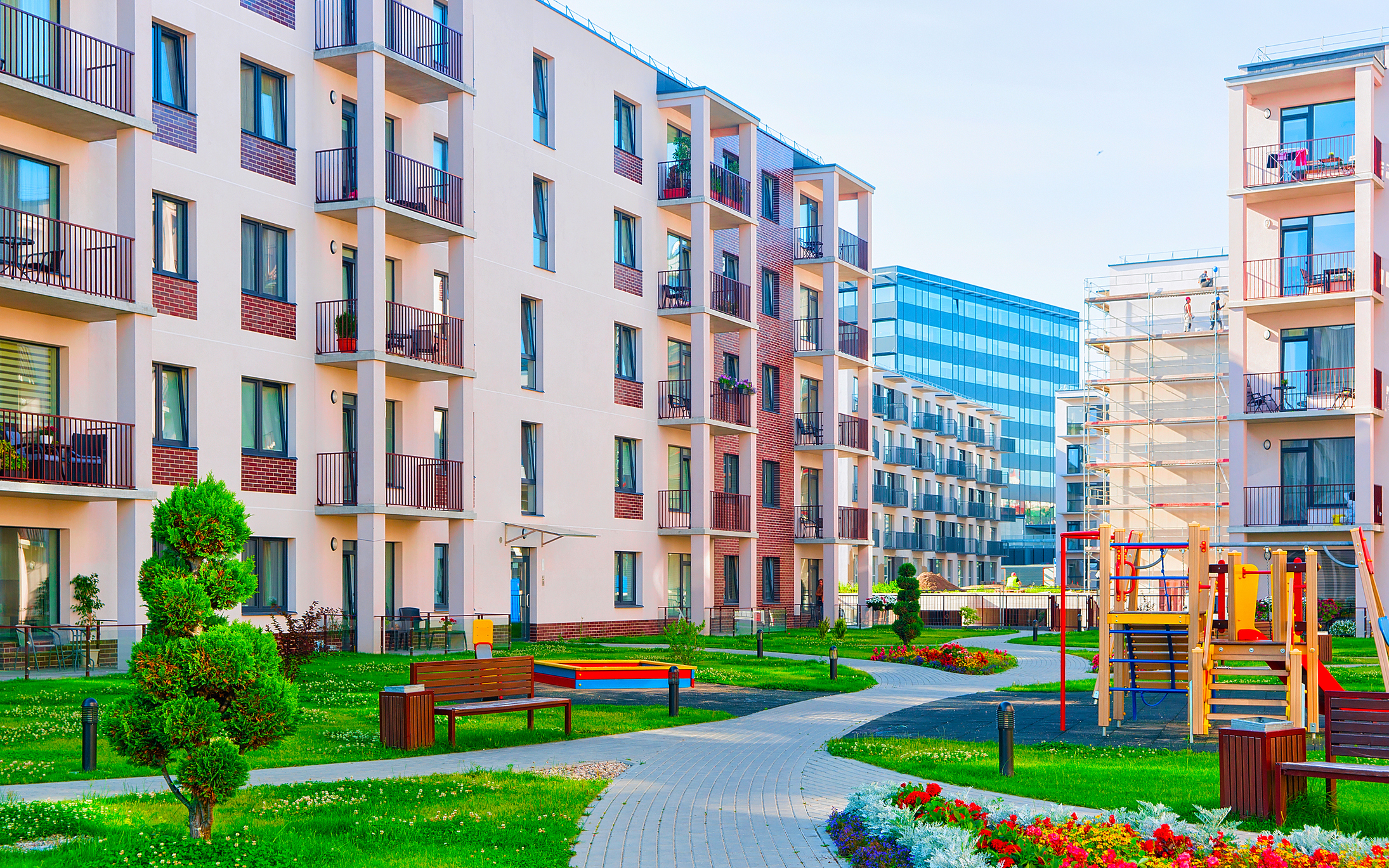
Tenant retention is a valuable — though sometimes elusive — contributing factor to the strength of a multifamily property. Nationally, 29% of multifamily households signed a third lease for the same unit, according to an analysis of the U.S. Census Bureau’s American Community Survey. Locally, renter turnover was lowest in major coastal markets, like New York City, and highest in transient renter markets, like Charleston, SC.


